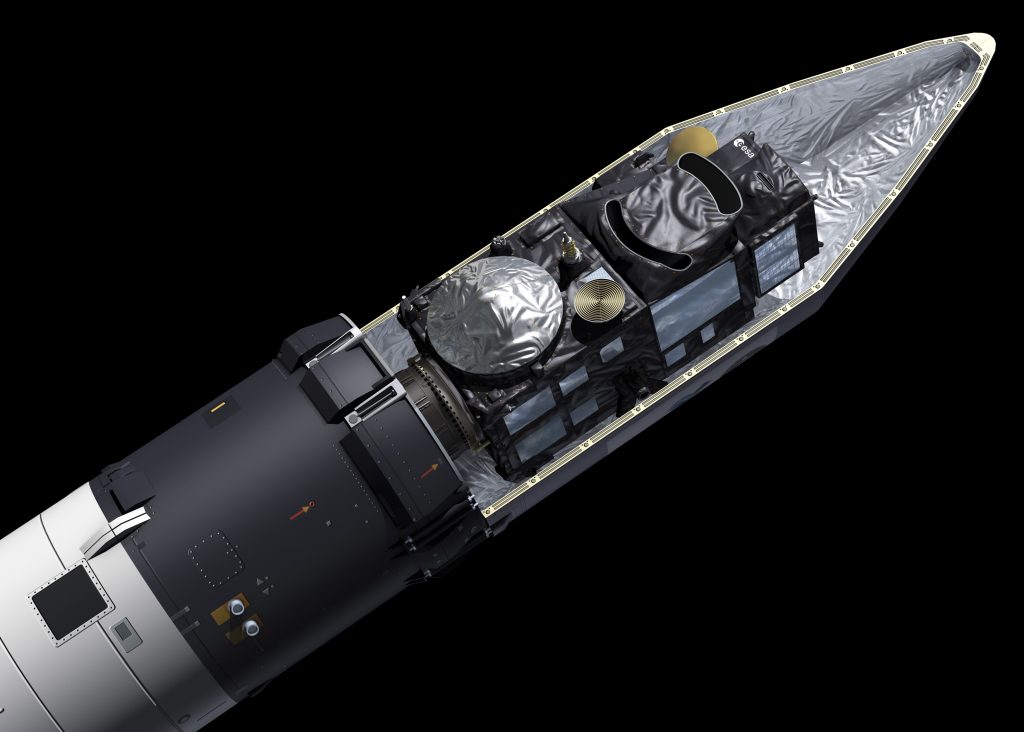The CEOI is pleased to announce grant funding to UK businesses and organisations, matched with their own investments, to develop new EO technologies for future operational or commercial missions. Particular emphasis is on technology developments that could create export opportunities for the UK and the match to the ambitions of the newly released EO Technology Strategy.
The seven winning projects are listed below and more detailed descriptions are available here for download.
GRaCE: G-band Radar for Cloud Evaluation
A consortium led by STFC RAL Space and including Thomas Keating Ltd, the University of Leicester, and the University of St Andrews has been awarded £609K to build and demonstrate a 200GHz, 1.5mm wavelength cloud profiling radar, able to provide enhanced scientific data that can improve the accuracy of societally important numerical weather prediction models.
Development of a high-resolution multispectral camera system for EO applications using a new TDI CMOS image sensor
A consortium led by Teledyne e2v and including Surrey Satellite Technology Ltd (SSTL) and the Open University has been awarded £968K to develop and demonstrate a novel very high resolution imaging system incorporating Time Delay and Integration (TDI) CMOS image sensor technology. The new design will provide a new entry level for customers looking to take advantage of sub-metre ground sampling grid using a smaller, lower-cost imager system than would normally be required, positioning UK industry to take advantage of the rapidly growing international market.
OVERPaSS: On-board VidEo Rapid ProceSSing
Optimising data processing on-board a satellite can substantially reduce the amount of data the satellite needs to store and downlink, increasing the satellite’s overall utility. A consortium led by Earth-i Ltd and including SSTL, Cortexica Vision Systems, and University College London has been awarded £820K to implement, test and demonstrate ultra-high-resolution optical image analysis techniques (including super-resolution enhancement of images; retrieval of sub-pixel 3D point clouds; cloud detection and image quality assessment; change detection and moving object extraction; video compression), involving both innovative software techniques and dedicated hardware such as Graphical Processing Units (GPUs).
Compact Multispectral Imager for Nanosatellites II
A consortium led by the University of Strathclyde and including Wideblue Ltd has been awarded £719K to demonstrate the application of an innovative single-pixel sensing technique to multispectral imaging instruments. The resulting payload is very compact and suitable for nanosatellite deployment, providing high capability at low cost.
Fast Slew Gimbaled Optics for Real-time Earth Observation Applications
A consortium led by the Surrey Space Centre at the University of Surrey, and including In-Space Missions Ltd has been awarded £867K to develop the mechanisms, optics and interfaces to deliver a protoflight model of a zoomable, fast slew, gimbaled video and still camera system. This will address an upcoming flight opportunity in 2020, and form the basis for a low-cost family of commercial products.
Characterisation of Leonardo MCT APD arrays in the ANU hyperspectral instrument
Leonardo MW Ltd will develop and characterise large format Mercury Cadmium Telluride (MCT) Avalanche PhotoDiode (APD) arrays for use in future infra-red instruments for export and operational space missions. The project is a collaboration with the Australian National University, who will develop a system to test and characterise the devices.
Next Generation Infrared calibration Sources (NGENIRS)
A consortium led by STFC RAL Space and including Surrey Nano Systems Ltd and the National Physical Laboratory has been awarded £594K to combine a range of technologies funded through previous CEOI and NSTP programmes in order to build and characterise a fully functional prototype flight black body demonstrator, which is a key enabling technology for delivering high-performance and accurate data from infrared sensing missions.


